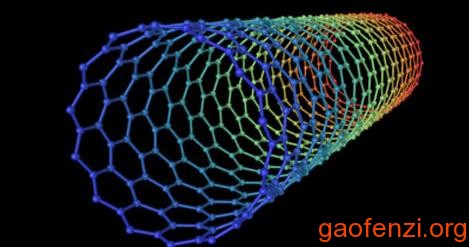人体肺部发现碳纳米管或许危害健康,长期撸管的注意了。
期刊《EBioMedicine》介绍了最近法国科研人员的一项发现:首次在儿童肺部发现了碳纳米管材料。科研人员分析了64个哮喘患儿气管体液样本,都发现了碳纳米管;而在另外5名儿童肺部的巨噬细胞中,也发现了碳纳米管。目前尚不清楚这些儿童肺部的碳纳米管含量水平和来源,虽然研究人员在巴黎采集的灰尘和汽车尾气中也发现了类似的结构。

研究人员表示,即使碳纳米管没有直接毒性,但它们的表面积较大,易于黏附其它物质,因而可能使污染物质深入到肺部并穿过细胞膜。虽然他们的研究目的并不是要找出肺部存在碳纳米管与这些哮喘疾病之间的关系,但哮喘病人可能会因碳纳米管的存在使巨噬细胞能力受损。
针对上述现象,杂志《New Scientist》采访其他科研人员的观点:
北卡罗莱纳州立大学James Bonner 教授表示碳纳米管首次在人体内发现值得关注研究,存在不确定性。
英国伦敦大学Jonathan Grigg教授认为,碳纳米管不会像石棉纤维那样的致癌性,因为石棉纤维更大,容易困在肺部组织内。
关于这项研究的细节,请阅读以下文献:
参考文献:Anthropogenic Carbon Nanotubes Found in the Airways of Parisian Children,doi:10.1016/j.ebiom.2015.10.012。(本文献可免费下载阅读)
摘要:Compelling evidence shows that fine particulate matters (PMs) from air pollution penetrate lower airways and are associated with adverse health effects even within concentrations below those recommended by the WHO. A paper reported a dose-dependent link between carbon content in alveolar macrophages (assessed only by optical microscopy) and the decline in lung function. However, to the best of our knowledge, PM had never been accurately characterized inside human lung cells and the most responsible components of the particulate mix are still unknown. On another hand carbon nanotubes (CNTs) from natural and anthropogenic sources might be an important component of PM in both indoor and outdoor air.
We used high-resolution transmission electron microscopy and energy dispersive X-ray spectroscopy to characterize PM present in broncho-alveolar lavage-fluids (n = 64) and inside lung cells (n = 5 patients) of asthmatic children. We show that inhaled PM mostly consist of CNTs. These CNTs are present in all examined samples and they are similar to those we found in dusts and vehicle exhausts collected in Paris, as well as to those previously characterized in ambient air in the USA, in spider webs in India, and in ice core. These results strongly suggest that humans are routinely exposed to CNTs.
转载本文请注明来源:高分子网gaofenzi.org。